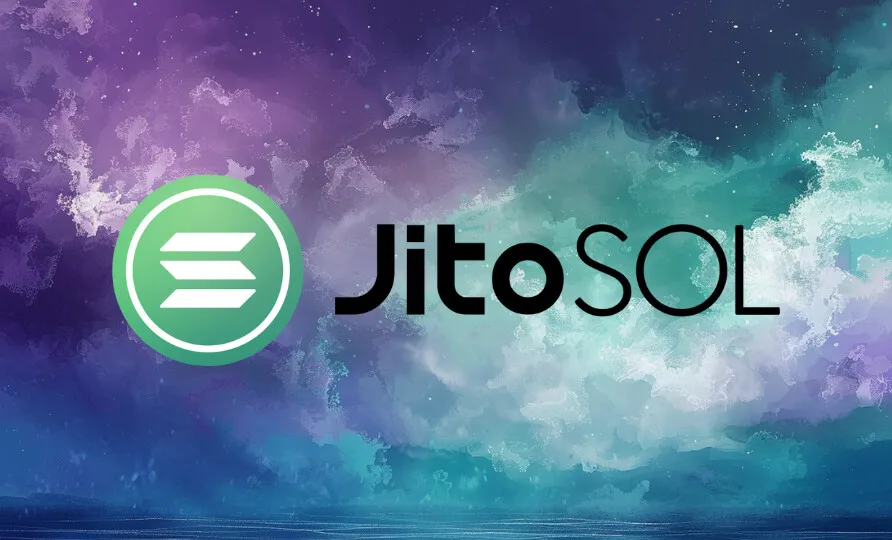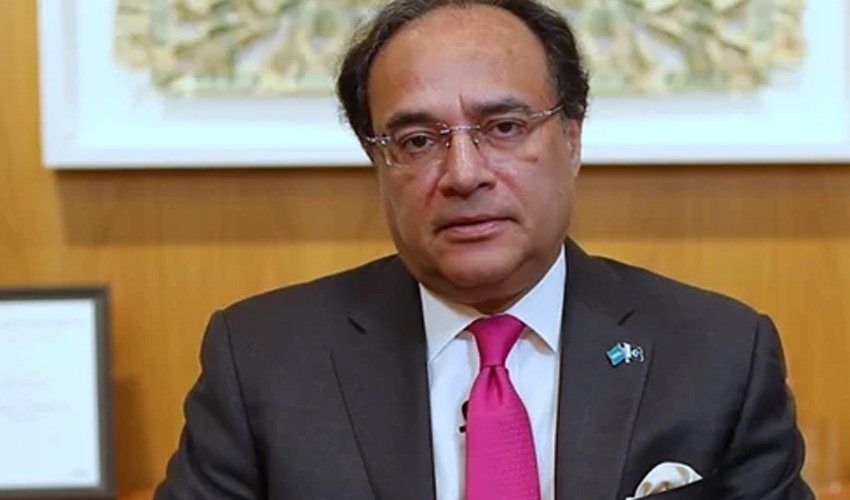JitoSOL surpassed the Solana main net in terms of fees, as it solidified its position as leading validator and provider of block services and SOL staking.
JitoSOL gained importance not only as a validator, but as the leading liquid staking pool for Solana (SOL). Jito Labs also completes multiple other tasks, including tip-based block building, and is an important source of priority fees.
In the past days, JitoSOL also saw aggressive growth in its fees, mostly coming from liquid staking. At one point, up to 60% of Solana’s fees were brought in by JitoSOL. Now, the fee chart went vertical, turning JitoSOL into a fat-fee app. Surprisingly, the JitoSOL service surpassed even Bitcoin and Ethereum in terms of daily fees.
@jito_sol overtook Bitcoin and Ethereum in daily fees pic.twitter.com/12Z7Zknhmp
— Token Terminal (@tokenterminal) July 29, 2024
While the event may be limited to a day, it shows a growing trend for Solana’s own staking and re-staking projects. However, experts warn that the high fees may not help Jito itself, but benefit SOL holders more. The value of the JTO token does not capture the fee growth, and some advice on holding SOL instead of JTO as a more reliable and liquid asset.
Solana itself is having a period of peak activity, mostly driven by DEX trading. The need for reliable transactions boosted priority fees to validators, as well as tips to guarantee that a transaction will be included in a block. Solana displaced even Ethereum, based on MEV tips and priority fees. In the past month, Solana fees rose by more than 53%, driven by growth in meme token trading and DEX activity.
In the past week alone, JitoSOL received $13.4M in fees, while Solana had $13.8M. Ethereum reached $16M in fees, lower due to the recent network updates and the usage of L2 layers. In the past week, Ethereum’s top staking protocol LidoDAO had $20M in fees, putting JitoSOL within a relatively small distance.
JitoSOL prepares for a re-staking product
Peak activity on JitoSOL is also related to a recent announcement for offering liquid re-staking. Modeled after Eigen Layer, JitoSOL has added features that will continue to boost fees.
The building of re-staking protocols will mean JitoSOL will become a hub for new token creation. All new services will have to go through JitoSOL to build and launch their tokens, paying a small fee.
The exact effect of re-staking is uncertain, as it depends on the performance of AVS projects and their ability to serve in DeFi or other needs. For end users, the end result would be passive income, while also being able to un-stake the underlying SOL or JTO tokens.
Re-staking is still a relatively risky market of uncertain results, even for Ethereum. But the initial effect will be on SOL, as the token becomes more scarce.
Currently, JitoSOL has opened a query form and has no official procedure for onboarding partners. Based on interest, JitoSOL will launch re-staking, after months of speculation. Based on the available open-source code, there are already candidates like Fragmetric to launch some of the first liquid re-staking tokens (LRT).
As of July 2024, Solayer is the most advanced re-staking protocol on Solana. The inflows were capped at $150M to avoid contagion and test for sustainability. Solayer has the first-mover advantage, and has been integrated with the OKX wallet.
Essentially, re-staking creates a new DeFi ecosystem within the Solana chain. Products by AVS startups will include known types of apps, including DEX, lending and DeFi. As a side effect, the JTO token may also become more important for governance, or to serve as collateral.
SOL is currently heavily staked in classic mode. Liquid staking is now growing its share of locked tokens, rapidly expanding in the past weeks. Re-staking may lock additional SOL. Currently, liquid staking protocols hold more than $4.39B in value locked, once again led by Jito with $2.15B in value locked.
The recent active developments on Solana led the SOL token to rally as high as $194. Later, SOL dipped to $181.04. JTO traded at $3.11, near its one-month peak.
Cryptopolitan reporting by Hristina Vasileva





